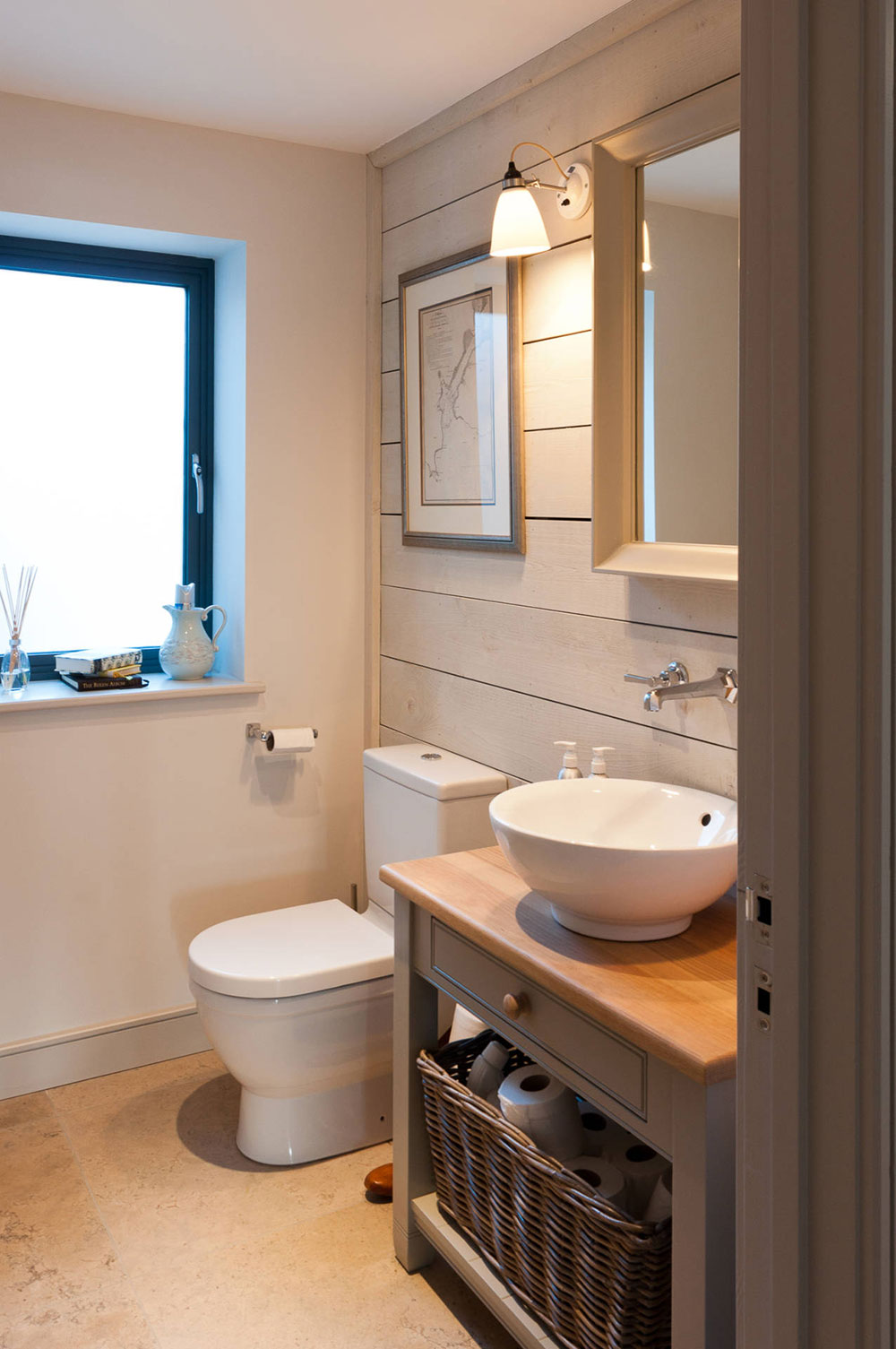
Before you decide whether to tear down a wall or not, you should know what its materials are. Non-load bearing walls will require a more surgical approach. Bashing them down with hammers can be dangerous and messy. It is safer to disassemble a wall by layering it, much like peeling an onion. First you need to remove any items within the wall. After that, you need to remove the wallpaper. Once you're done, cut down the existing studs and remove any remaining wall-supporting structure.
Before you start, make sure that the wall is load-bearing. This can be difficult if the wall has bricks. In this case, you will need a structural engineer's report. Next, check whether there are any pipes in the wall. If the wall has plumbing, you'll need to reroute those pipes and electrical outlets. Taking out load-bearing walls can be very dangerous.

If you're renovating an old house, it may be time to knock down a wall. This can be a great way to create more space in your home and make your home more inviting. Then, you can start working on a new design. It is possible to make more space by knocking down walls. You must protect your property. Take into account the impact of demolishment on the surrounding areas and the structure.
Before you begin tearing down a wall, you need to identify if the wall is load-bearing. By looking at the wall carefully, you can usually determine if it is load bearing. You can also check for drains in basements or crawlspaces if you are working on a second-floor. Then you can start removing the wall. This is a great method to let more light into the room.
You should inspect the plumbing before you begin to tear down a wall. It is important to check if the wall can support its weight by looking at it carefully. Often, a sink will have drains that are hidden in the wall, so check the pipes beneath it and ensure that there are no obstructions to their flow. If you find them in the crawlspace, be sure to turn off water and power mains.

Before you tear down a wall make sure that the water supply is turned off and the circuit breakers are disabled. You should also consider the plumbing if you're tearing down an existing wall in a crawlspace. If the drain or toilet blockage is evident, this could indicate that the wall is load-bearing. You may also be able to search for other plumbing outlets if the wall is being removed from a second-floor level. You can try checking your crawlspace.
FAQ
How many times should I change my furnace's filter?
This depends on how often your family will use their home heating system. You might consider changing your filter less frequently if you are likely to be away from your home for extended periods during the cold months. If you're not often out of your home, however, you may be more able to wait for the filter to change.
A furnace filter should last for approximately three months. This means that your furnace filters should be changed every three to four months.
You can also consult the manufacturer's recommendations regarding when to change your filters. Some manufacturers recommend replacing your filter after each heating season, while others suggest waiting until there is visible dirt buildup.
Do you prefer to do walls or floors first?
It is the best way to begin any project. It is essential to consider how the space will be used, who will use it, and why. This will help you decide if you should go for flooring or wall coverings.
You can choose to put flooring in the first place if you decide to open up your kitchen/living space. Wall coverings can be used if the intention is to keep this area private.
How Much Does It Cost to Renovate A House
The type of material, the project size and the complexity of renovations will all impact the cost. Some materials such as wood require additional tools like saws and drills while others like steel do not. The price for renovations will also vary depending on whether you would like your contractor to do all of the work for you or if it is something you prefer.
The average cost of home improvement projects ranges from $1,000 to $10,000. The average cost of home improvement projects would be between $5,000 and $25,000. The cost to hire professionals would range from $5,000 to $25,000,000. On the other side, you could spend up to $100,000 if your task is completed entirely yourself.
The final cost for renovation depends on many factors. You should consider the material used, such as brick vs concrete. You can choose between brick or concrete, and the size of your project as well. These are important considerations to remember when estimating total renovation cost.
Can I do the whole renovation myself?
You can do it yourself so why pay someone when you could save time and money?
It doesn't matter how much you love DIY, there are times when you simply cannot do it yourself. You may not be able to control all the variables.
You might discover that the wiring in your home is not up to date. In this case, you'll need to hire an electrician to ensure that your electrical system works safely and reliably.
Also, you should consider that some structural damage may not be possible during renovations.
You might not have all the necessary tools to do the job correctly. You will need a special tool called the plumber's snake to clean clogged pipes if you plan to install a kitchen sink.
There are also plumbing codes that require you to have a licensed plumber working on your project.
Let's just say that you must know what you can do before you undertake such a daunting task.
Ask your friends and family for help if you're unsure if the job is possible.
They can provide advice on the best steps to take and places to find more information.
Should I hire an architect or builder?
It might be easier to have someone else do the work if you're planning on renovating your own house. However, if you are planning to buy a new home, then hiring an architect or builder will help you make sure that you get exactly what you want.
Is it possible to live in a house that is being renovated?
Yes, you can live in your house while you renovate it.
Are you able to live in your house while the renovations are ongoing? The duration of the construction works will affect the answer. If the renovation process takes less than 2 months, then your home can be lived in while it's being renovated. However, if the renovation project lasts longer than two months, then no, you cannot live in your home while the renovation is taking place.
Because of the possibility of falling objects, you shouldn't live in your home while a major construction project is underway. You could also suffer from noise pollution and dust caused by the heavy machinery used on the job site.
This is especially true when you live in a multistory house. In this case, the sound and vibration created by the construction workers might cause severe damage to your property and its contents.
As we mentioned, temporary housing will be necessary while your home is being renovated. This means that your home won't provide all the amenities you need.
You won't be allowed to use your dryer or washing machine while they are being repaired. It will be difficult to bear the smell of paint fumes as well the sounds that workers make.
All of these factors can create stress and anxiety for you and your loved ones. So it is important that you plan ahead so you don't feel overwhelmed by all the circumstances.
Research is key when you are considering renovating your home. It will save you money and help you avoid costly mistakes.
Also, it is a good idea to get professional help from a reputable contractor in order for everything to go smoothly.
Statistics
- According to the National Association of the Remodeling Industry's 2019 remodeling impact report , realtors estimate that homeowners can recover 59% of the cost of a complete kitchen renovation if they sell their home. (bhg.com)
- It is advisable, however, to have a contingency of 10–20 per cent to allow for the unexpected expenses that can arise when renovating older homes. (realhomes.com)
- Rather, allot 10% to 15% for a contingency fund to pay for unexpected construction issues. (kiplinger.com)
- A final payment of, say, 5% to 10% will be due when the space is livable and usable (your contract probably will say "substantial completion"). (kiplinger.com)
- They'll usually lend up to 90% of your home's "as-completed" value, but no more than $424,100 in most locales or $636,150 in high-cost areas. (kiplinger.com)
External Links
How To
How to Renovate an Old House
Before you start, it is essential that you decide which type of renovation project to undertake. This could range from simple updates to your kitchen appliances, to completely changing the look of the entire house.
After you've determined the type of renovation you want, you should consider how much money you can spend. You might find that you don't actually have enough funds to cover the full cost of the entire project. This is a sign that you may not have enough funds to cover the entire cost of the project.
If you decide that you're going to go ahead and carry out renovations, then there are several things that you need to consider before starting work. You need to make sure you have the right permits for your project. You should check whether you are required to have planning permission to perform certain types of work. To add extensions to your home or make other changes, you might need building consent.
Before you begin to renovate your house, make sure to check with the local authority to confirm that they do not require additional permits. Also, check whether you need planning permission for each part of the house that you intend to renovate. For major projects like a new roof installation, your insurance provider may need to be contacted to confirm that you have adequate coverage.
The next step after obtaining all necessary permits is to pick the right materials and tools for the job. There are many options so make sure you take your time and research each one thoroughly. You will use paint, wallpaper paste or flooring for your renovations.
When choosing these items, remember to look at the quality of the product. Quality products last longer than cheaper products and are less expensive. When buying anything, it's important that you buy the right amount for the job. It's important to not buy too much. You could waste valuable resources and end up with a lot of wasted material. Try to only buy what you actually need.
After choosing the right materials for the job you should decide where to keep them while you're renovating the property. You might need storage space if you are renovating large areas of your house. Another option is to ask friends and family to help you move the items.